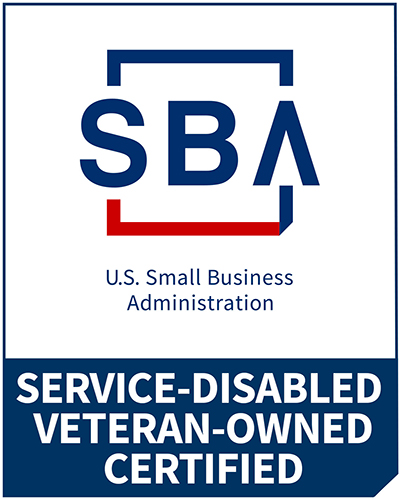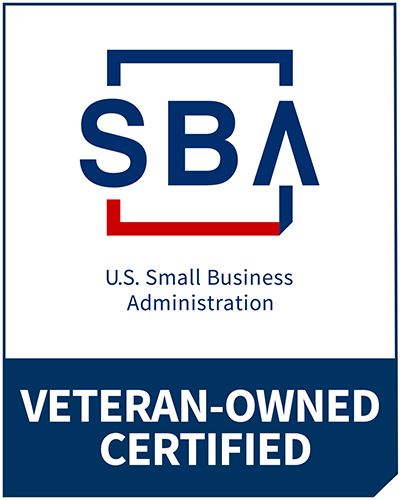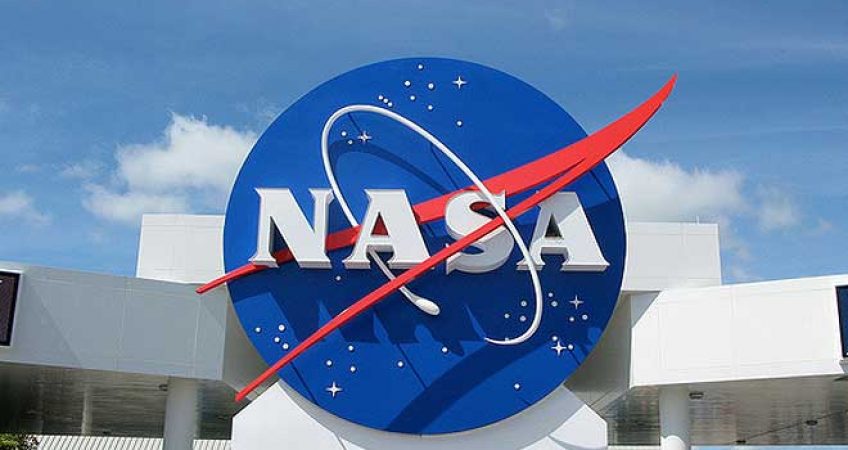Year-in and year-out, NASA employees report high levels of job satisfaction and commitment. For the fourth year in a row, NASA was the highest-ranked employer for large government agencies according to the 2015 Federal Employee Viewpoint Survey (FEVS). But that’s not all, NASA ranked as the #1 “most attractive” employer for engineering students according to global research and advisory firm Universum. NASA also ranked as the 2nd “Happiest Company in America” by CareerBliss rankings. It has topped many other lists as an employer of choice.
Administrator Charlie Bolden commented, “Those of us who work at NASA know it’s a great place to work. We are the world leader in space exploration and cutting-edge science missions and contribute to the economic vitality of our great nation. We challenge our employees to carry out missions that benefit humankind. What job could be better than that?”
The hundreds of employee reviews on employment websites tell the stories of employees who are fulfilled by the innovative, challenging, results-driven environment. The most repeated theme among the reviews is: the people. The employees, both past and present, mention the pleasure of working in teams with their co-workers and leaders.
My years of research on leadership effectiveness and employee satisfaction indicate that it all comes down to the people, and attending to the people requires a strategy. A good human capital strategy blends appraisal, research, and analysis to assess the organization’s current workforce circumstances. It produces solutions that focus on workforce alignment, while implementing plans to support succession, onboarding, and career and talent development. These steps lead to a motivated workforce like NASA’s and measurable results such as staff satisfaction, engagement, and retention.
If leaders want results, they need the best talent management skills possible. No matter how much leaders acknowledge the human element or how they choose to incorporate the process into their enterprises, human capital strategy is doomed to be just one more plan, indeed just one more empty ritual, unless it plays out in a vibrant cultural dialogue that motivates, inspires, and magnifies greatness in all of the organization’s people.
Your workplace, like NASA, can be filled with inspired and motivated people. Are you committed to accessing, expanding, uniting, and guiding the potential and energy within your workforce?



